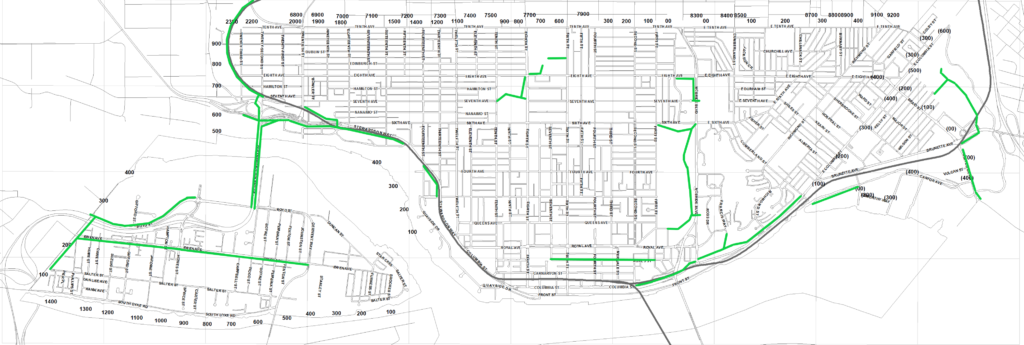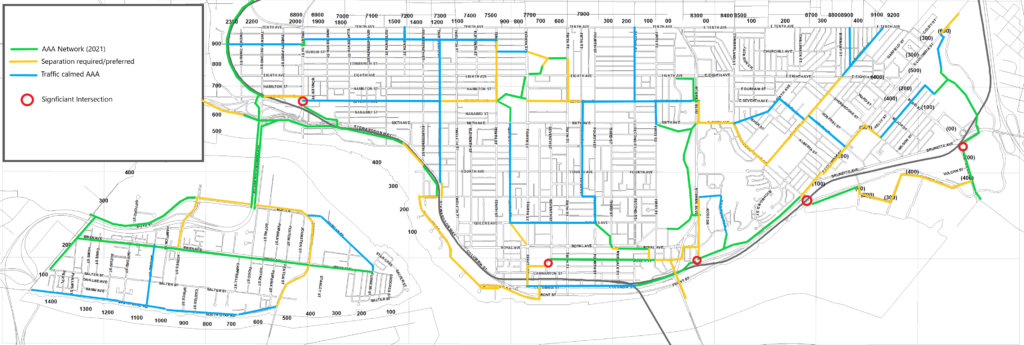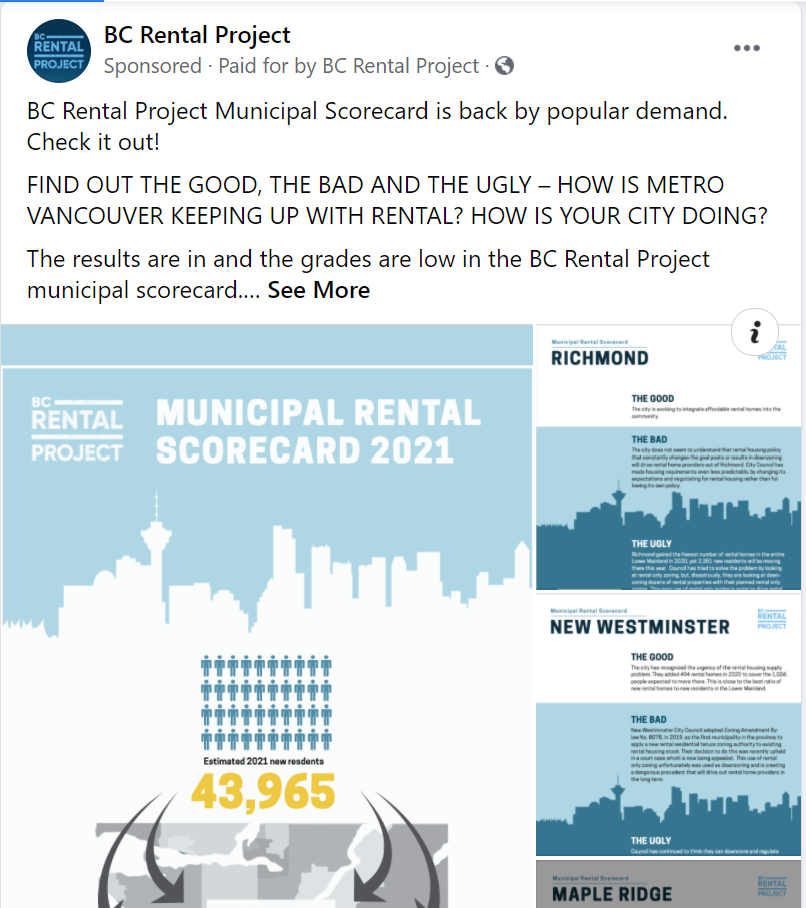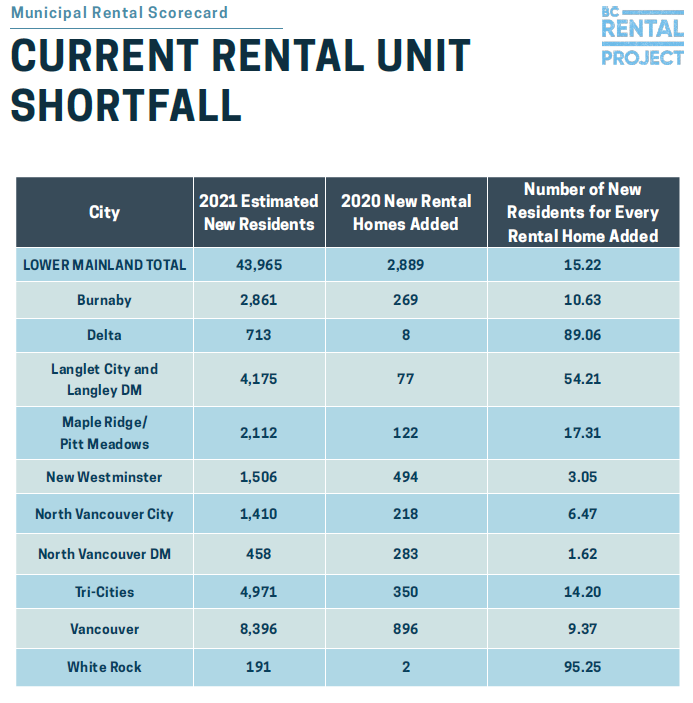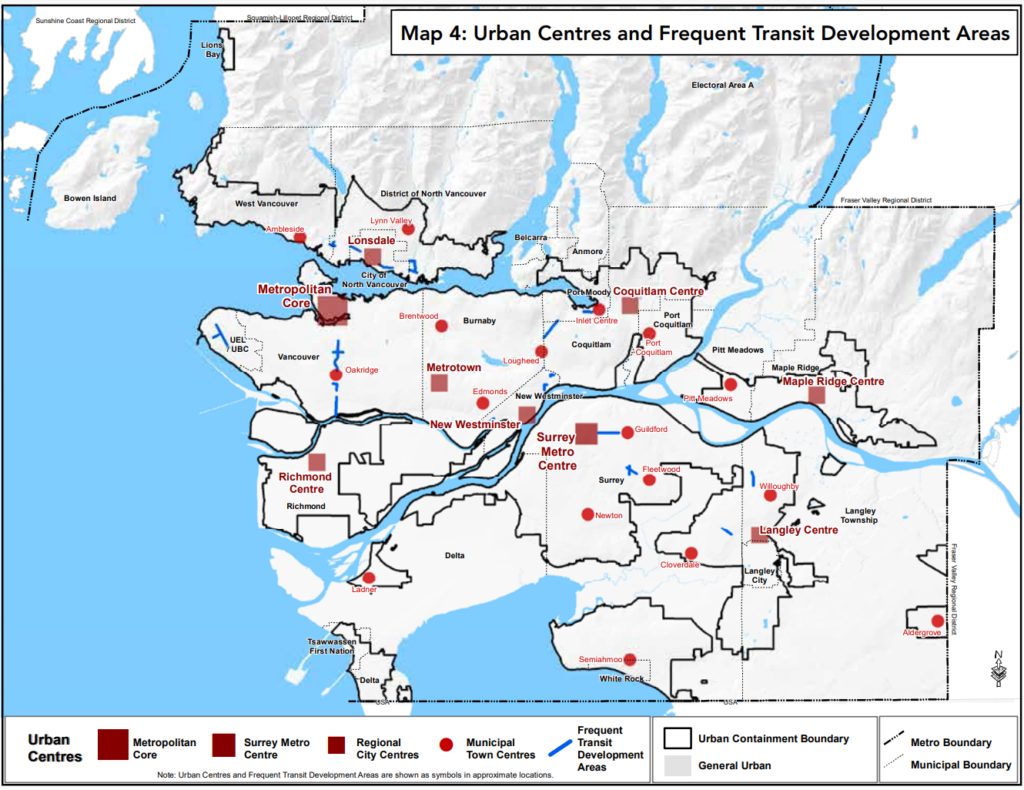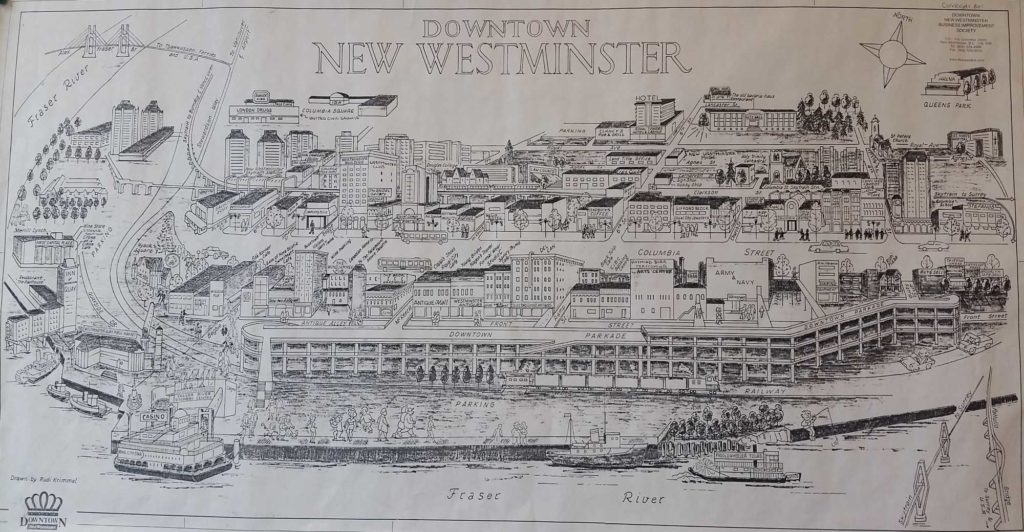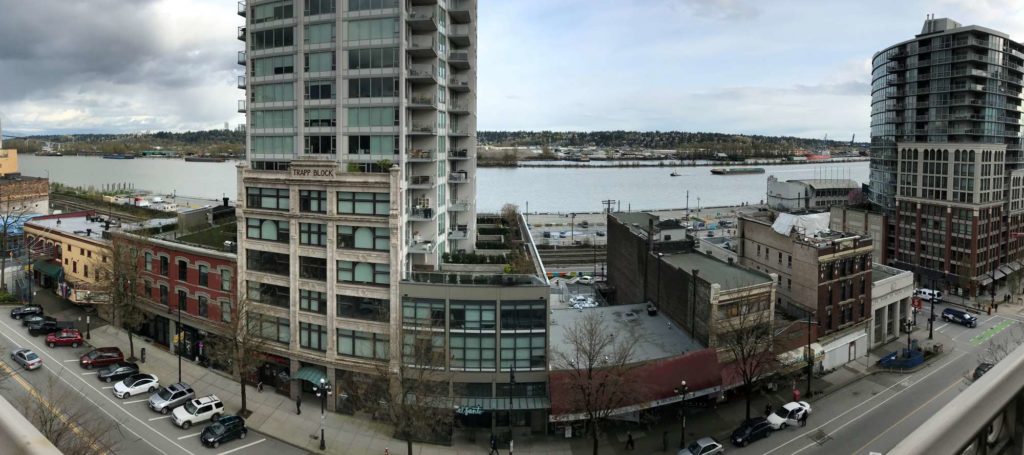Are we all enjoying our election now?
I spent a bit of time this weekend looking at platforms, and thought I would review the housing policies announced so far, seeing as how housing policy was in the news a bit this week, housing policy is interesting to a local government type like me, and I happen to live in a community where there are persistent numbers of unhoused and precariously housed people, where the rental vacancy rate is stuck at an unhealthy under 2%, and where the housing market is becoming out of reach for a larger number of current residents and people who would like to live here.
Canada has a Constitution in which housing and municipalities are provincial responsibilities. We need to keep this in mind when talking about federal campaign promises, especially in areas where the federal government wants to intrude into local government planning processes. The reality is they will need to work with provincial governments to make any changes in things like zoning laws or “red tape” around the building approval processes. They do, however, have significant financial resources to fund housing, and can leverage that to incent provincial and local governments to make changes if they want access to those funds. They also have significant, almost unlimited, taxation powers to similarly incent changes in how the housing market operates.
What are the major parties proposing to address the housing crises?
The Conservative plan has been recently touted by some members of the Bro Wing of the Vancouver YIMBY crowd, and there is a lot in the housing section of their Platform on the Supply Side. The “Housing Problem” is framed as “supply is not keeping up with demand”, which suits the traditional YIMBY narrative. Alas, the primary tools to deal with that seem to be stopping foreign speculators and making mortgages easier. Oh, and building 1 Million new homes in three years.
Let’s start with that aspiration. Canada currently “starts” about 250,000 homes a year, and we have (if we want to compare to our G7 cohort) a housing deficit of about 1.8 Million homes. If we are meant to read this 1 Million in 3 years as all homes, that means about 250,000 over the current rate for the next three years, or a 33% increase in homebuilding. This is ambitious, based on the current reality of the building industry and material supply situation that is challenged to keep up with existing construction. If it is meant to be read as 1 Million over the base rate, then we are talking about a 130% increase in the current rate of building, which would be impossible outside of adopting a serious wartime reconstruction effort, and seriously inflating the cost of construction, so let’s assume the former.
Anyway, there is little detail on how they would do even the more modest 33% increase. The aspirational goal is not reflected in any of the details in the rest of the plan. Call me a cynic, but I don’t see the modest suite of boutique tax credits and crackdown on foreign speculation as leveraging a massive boost in housing starts. Add this to the climate targets as great numbers we will never reach.
There is a good bit in the plan incentivizing Transit Oriented Development by tying federal transit funding to Municipalities approving density near that transit. This is a good idea theoretically, though I am not sure what the mechanism would be. In the BC context, I suppose they could ask a Municipality commit to a more growth-oriented Official Community Plan, but the negotiations between adjacent communities (such as, say, West Van and the North Vancouvers) over who had to take what density over what part of a new Transit Line would surely bog down any kind of negotiation about transit expansion. As we have learned from some current examples, OCP commitments can be ignored by a City with little or no penalty, and you can’t stop building a transit line if a new Council is elected and reneges on the promise when the NIMBY voices arise. The chicken and egg debates should be interesting to watch. Also, this would seem to do nothing to get new transit built to already dense communities, nor to densify communities where transit service already exists. A good idea theoretically, but in practice likely to become one of those “Red Tape” things that will only be an impediment to both housing and transit. Let’s let the Transit agencies decide what transit they need.
There is a telling bit in the platform that is window into the mindset of who this platform is written for (perhaps as much as the uber-suburban photo they use as the header for this section of the platform – I stole copied it for my header here). When listing off the “Everyday Canadians” (they didn’t say Old Stock) that were impacted by the housing shortage, they include “…the retired empty-nesters wanting to downsize without losing all their home equity to pay for an overpriced condo”. This only-houses-are-homes mindset pervades the platform, including the plan to stop foreigners from buying “homes” for two years (and maybe longer), while providing tax benefits to encourage foreign speculators to buy up rental properties. Add this to the boutique tax credits they want to give landlords to “encourage rental investment”, and steadfast resistance to extending capital gains taxes to houses, and it became clear the need to put roofs over heads is secondary to securing the value of the housing stock as an investment. Then they will make it easier for you to get a higher-risk mortgage to get into that market. Though gas on the fire is something every Party promises.
As far as the non-market part of the housing spectrum, the entire Conservative platform seems to be 1,000 beds for people recovering from addiction. There is no serious plan outlined here to get the federal government back into funding housing in the way it did during the housing boom years of the last century, and the embarrassing conflation of addiction with homelessness is, well, embarrassing. It appears the Million new homes will have to rely on the Invisible Hand to wield the construction hammer.
The NDP Housing platform got a bit of guff from the same Bro wing of the YIMBY crowd last week, as Jagmeet Singh put out an unfortunate tweet that didn’t hit the tone they were hoping for – both playing up the vaguely xenophobic “stop foreign speculation” angle also prevalent in the Conservative platform, and floating a renters tax credit that is strangely absent from the actual platform. The Platform itself is as lengthy on housing as the Conservative one, and identifies the “Housing Problem” through a slightly different lens – that of the 1.6 million Canadian Households that are precariously housed (spending more than 30% of their income on housing) and the fastest-growing housing prices in the G7.
The big aspirational goal is 500,000 units of affordable housing in the next 10 years – perhaps not ambitious enough, but much more likely achievable than doubling our housing starts overnight. And by emphasizing the affordable component, they both indicate this is largely above the baseline of new building happening now, and is perhaps being more clear on where they see the Federal Governments role – inserting themselves more actively in the part of the housing spectrum where the market is failing to fill the need.
The primary tool here is fast-start funding specifically directed at affordable housing providers and Co-ops. To me, this is the place where the Federal Government’s major tool (they hold most of our money) is most useful. From the post-WW2 plan to build houses for returning soldiers to the 1970s investments in Co-op housing, it was always the federal government’s ability to finance large capital investment that made housing affordable for all. It is no coincidence that our housing crises began when the Federal Government got out of the business of building subsidized housing in the Chretien/Martin years. We can push the market to provide more housing, but unless we provide options for those the market has left behind, we are not going to get to where we were 40 years go on housing. It is also great to see the NDP talking about change CMHC rules to support innovative ownership models, such as co-housing and co-ops to bridge the gap between renting and traditional home ownership, between supportive and market housing. This is an area where Canada lacks innovation.
The anti-foreign ownership part is a 20% tax on non-resident purchases, but no outright ban, and of course a similar tip of the hat to stamping out money laundering The throwing-gasoline-on-the-fire part is slightly less ambitious than the Conservative plan, with a return to 30-year mortgages and an increase in the homebuyer credit for first time purchasers. They would also like to waive sales tax on affordable rental units – a small savings, but clearly directed and in the right direction.
The thing about the NDP Platform is that Housing section is supplemented with mentions of housing in the addressing poverty section (because putting a roof over someone’s head is a the first step to breaking the cycle of poverty for many), in the sections addressing the needs of veterans and seniors, and later under infrastructure investment. There is also a separate and very comprehensive section addressing the unique housing challenges in indigenous communities (both on reserve and off). There is a sense through the platform that housing is at the centre of a lot of inequity issues across our country, and that we can’t keep applying the market-only approach that got us into this mess and hope to get out of it.
I cannot comment on the Liberal plans, because we haven’t seen any yet. Just as I was about to hit “publish”, they roll it out, and there is a lot there! I will take as read the context of what they have offered as Government over the last 6 years as the housing market and homelessness have gone off the rails. It is banal at this point to say Liberal Platform Authors often overestimate the willingness of Liberal Governments to do things, but here is where their plan points.
The “Housing Problem” is summed up as “…for many – young people in particular – the dream of owning their own home feels like it’s moving further out of reach“, and indeed a theme of the Liberal Housing Platform seems to suggest renting is something people are forced to do in that whacky time of life, and government’s job is to support renters in overcoming this temporary set back and encouraging them to buy a house. It really is that dismal. Renters can enter some arcane rent-to-own scheme (supported by giving money to landlords, natch) or can set up a First Home Savings Account, because the one thing people under 40 spending more than 30% of their income on housing have is $40,000 of extra cash to save for a downpayment. A Home Buyers Bill of Rights only calls into contrast the lack of a similar effort to protect the precariously housed in rental housing.
There are many things here to help people enter the spiraling housing market: increasing the first time homebuyers credit like the NDP and meddling with the mortgage insurance market. There is also a two-year foreign purchasing ban just like the Conservatives, a tax on vacant foreign-owned property, and the ubiquitous tip of the hat to money laundering crimes. There is also an anti-flipping tax which will make at least one of their Vancouver candidates unhappy.
When it comes to the supply side, the Liberal ambition is to spend $4 Billion on “accelerating” building of 100,000 Middle Class homes (their underline emphasis, not mine) by 2025, which by my math is an increase on the existing baseline by 10%. There is some weirdness in here about providing this to Municipalities to do things like hire planners, and forcing cities to use vacant land for homes, but Middle Class homes is not something we lack in a community like New Westminster or something our planners spend a lot of time or energy on, nor is it something out inclusionary zoning efforts are directed at. there is a subtext in here I just can’t square with what our actual needs are.
But it’s the homelessness and the non-market portion of the housing spectrum where this platform really falls flat. The approach is “more if the same” towards a goal of reducing homelessness by 50% by 2027. A program that is, I note, not working and an ambition that is embarrassingly lacking in ambition. This is not a National Housing program or ambition appropriate for a G7 country, one of the wealthiest countries on earth.
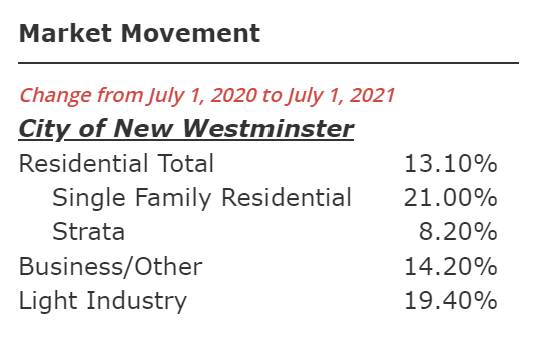 All residential properties went up 13.1 %, but Single Family Detached houses went up more than this (21%) and Condos went us much less (8.2%).Since tax increases are based on the average value, this means taxes will be going up more for most SFD, and less for most Condos. Indeed, at the current proposed rate, the average Condo may not see any increase at all.
All residential properties went up 13.1 %, but Single Family Detached houses went up more than this (21%) and Condos went us much less (8.2%).Since tax increases are based on the average value, this means taxes will be going up more for most SFD, and less for most Condos. Indeed, at the current proposed rate, the average Condo may not see any increase at all.

